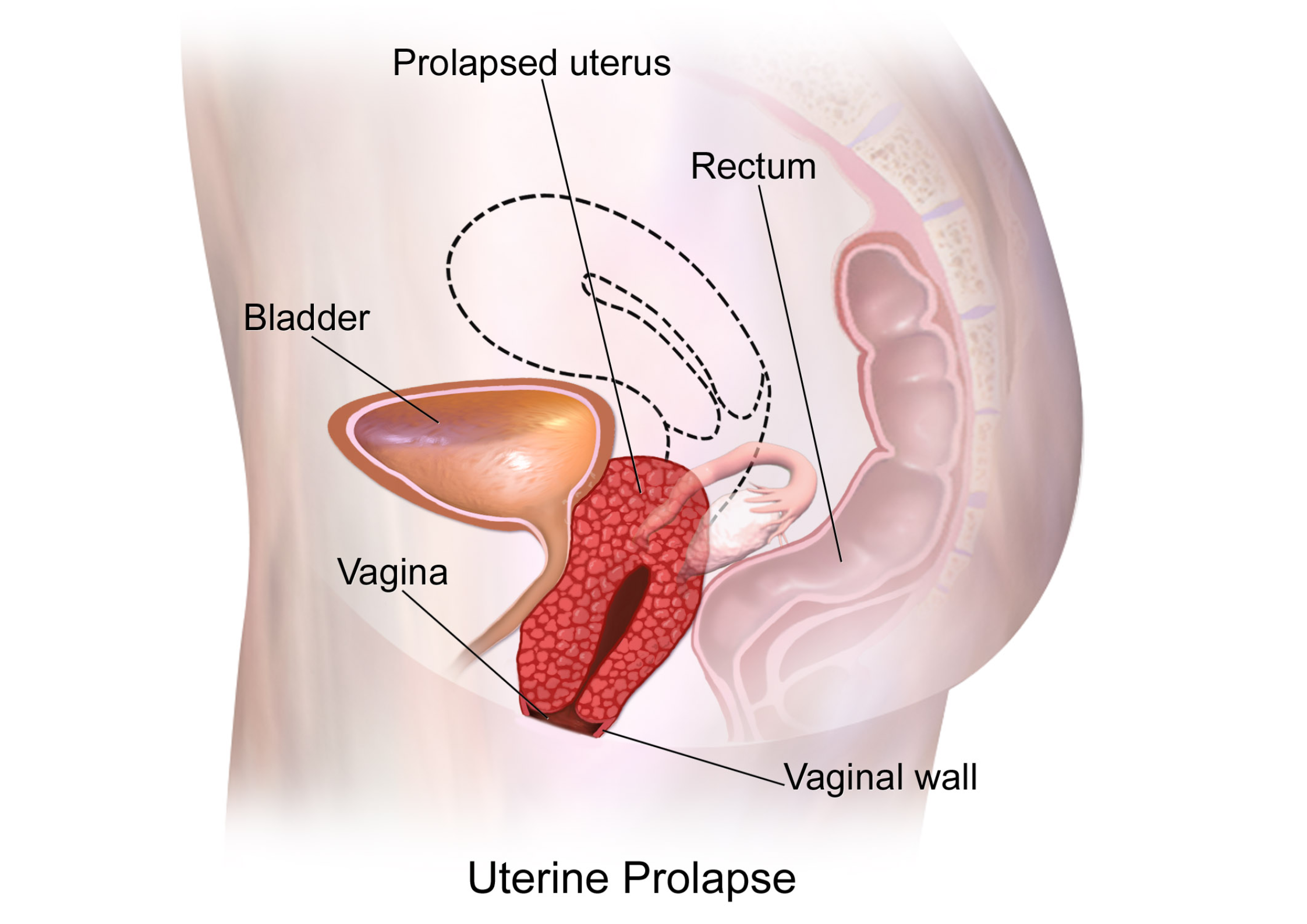For anyone living with prolapse, the question that often lingers at the back of the mind is this:
“Can this really get better without surgery?”
The good news? Yes—it often can. But the road to relief isn’t paved with overnight miracles.
It’s more like slowly stitching a hammock back together.
A delicate, steady process that strengthens your body’s natural support system from the inside out.
Let’s dive into what the latest research, doctors, and real-world experience say about non-surgical prolapse recovery—and what you can start doing today to feel better, naturally.

First, a Quick Recap: What Exactly Is Prolapse?
Picture your pelvic organs (bladder, uterus, rectum) resting on a flexible hammock made of muscles and connective tissue.
Over time, especially after childbirth or during menopause, this support system weakens.
Gravity starts doing its thing.
You feel that bulging, dragging, or pressure sensation—like something’s slipping or falling.
But here’s the key: just because it’s shifted doesn’t mean it’s beyond repair.

The Science Behind Natural Recovery
A growing body of research supports conservative (non-surgical) treatment for mild to moderate pelvic organ prolapse.
In a 2022 review published in The International Urogynecology Journal, women who participated in targeted pelvic floor exercises saw improvements not only in symptoms like bulge and heaviness—but even in prolapse stage itself.
One-third of participants improved by a full grade without any surgery.
“Think of it like rehab for your pelvic floor,” explains Dr. Noelle Harper, a pelvic health specialist based in Seattle.
“With proper training, women can rebuild internal support and reclaim control.”
Another study in BMC Women’s Health tracked women over 12 weeks of pelvic floor therapy.
The results?
✅ 70% reported reduced prolapse symptoms
✅ 50% had less bladder urgency
✅ Most reported feeling “stronger and more secure” during daily activities
In short—natural recovery is not only possible, it’s backed by science.

What Actually Works (And What Doesn’t)
If you’re looking for a magic pill, you won’t find it.
But if you’re willing to commit to a few core practices, here’s where real progress begins:

1. Pelvic Floor Retraining
This is your foundation. Done properly, pelvic floor exercises (a.k.a. Kegels—but smarter) can lift and support the organs that have shifted.
The key is consistency and technique.
Devices like the The PelviTone™ make this easier by providing gentle biofeedback and stimulation to ensure you’re actually targeting the right muscles—especially useful if you’ve struggled to “feel” your pelvic floor on your own.

2. Lifestyle Tweaks That Lighten the Load
Heavy lifting, chronic coughing, low-fiber diets—these don’t just affect your comfort, they strain your core from the inside.
Small but powerful shifts like staying hydrated, using a footstool during bowel movements, and avoiding high-impact activities go a long way.

3. Herbal Pelvic Care
Many women swear by ancient traditions like vaginal steaming, especially for postpartum or menopausal healing.
The Yoni Steamer Bundle is designed specifically for pelvic soothing—combining gentle heat and herbs to help relax muscles, support circulation, and ease pressure.

4. Bladder Training + Muscle Communication
When prolapse involves the bladder (called cystocele), it often comes with leaks, urgency, or the feeling of never fully emptying.
Bladder retraining is a combination of timing, breathing, and muscle control.
To support this, products like Bladder Control Patches have gained popularity for women wanting a discreet, non-ingestible option.
These patches use plant-based support to help reduce frequency and urgency while the body retrains the habit loop.

A Few Things to Keep in Mind
Let’s be real: if your prolapse is severe (grade 3–4), natural approaches might not reverse it completely—but they can bring you real relief.
And they often delay or prevent surgery entirely.
As Dr. Carla Jennings, a women’s health physiotherapist in Sydney, puts it:
“We can’t promise to ‘put everything back’—but we can restore how you feel, how you move, and how you function. And for many women, that’s more than enough.”
So… Can Prolapse Get Better Naturally?
Yes.
But not through wishful thinking or internet fads.
It gets better through informed choices, steady care, and listening to your body.
And above all, remember this: healing doesn’t always mean a perfect scan or textbook anatomy.
Sometimes it just means being able to walk, laugh, lift, and live without fear or discomfort.
Your body is still yours. And with the right support—gentle, consistent, and science-backed—it can absolutely hold you up again.




Share:
Travel Without Limits: A Specialist's Approach to Managing Incontinence
Nighttime Routines That Help Women Who Wake Up to Pee Multiple Times